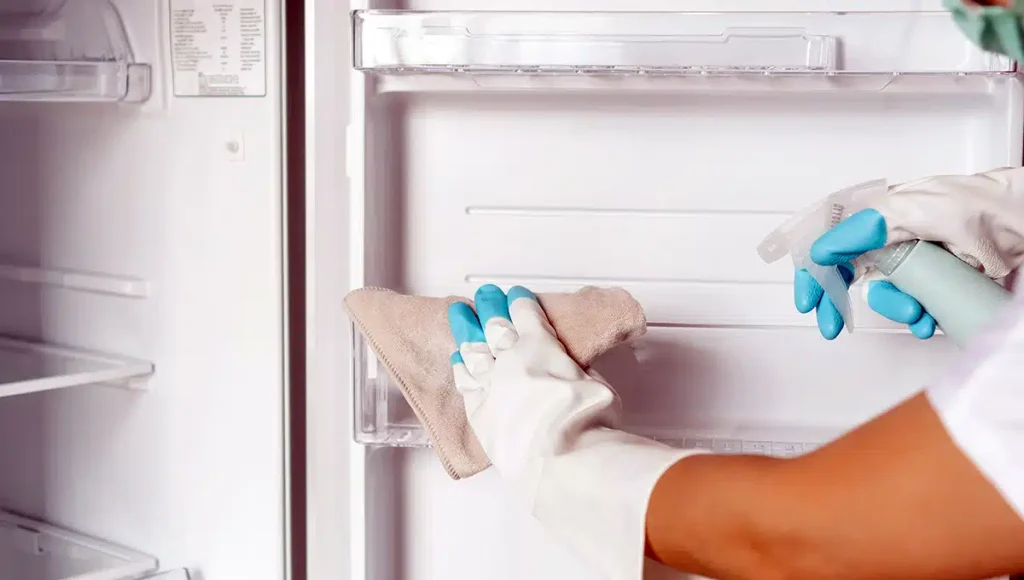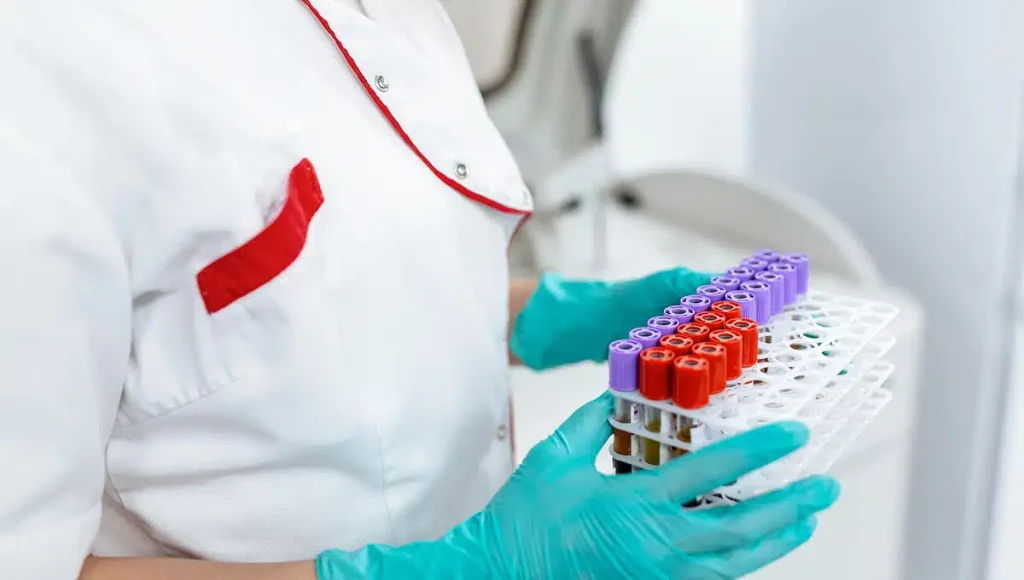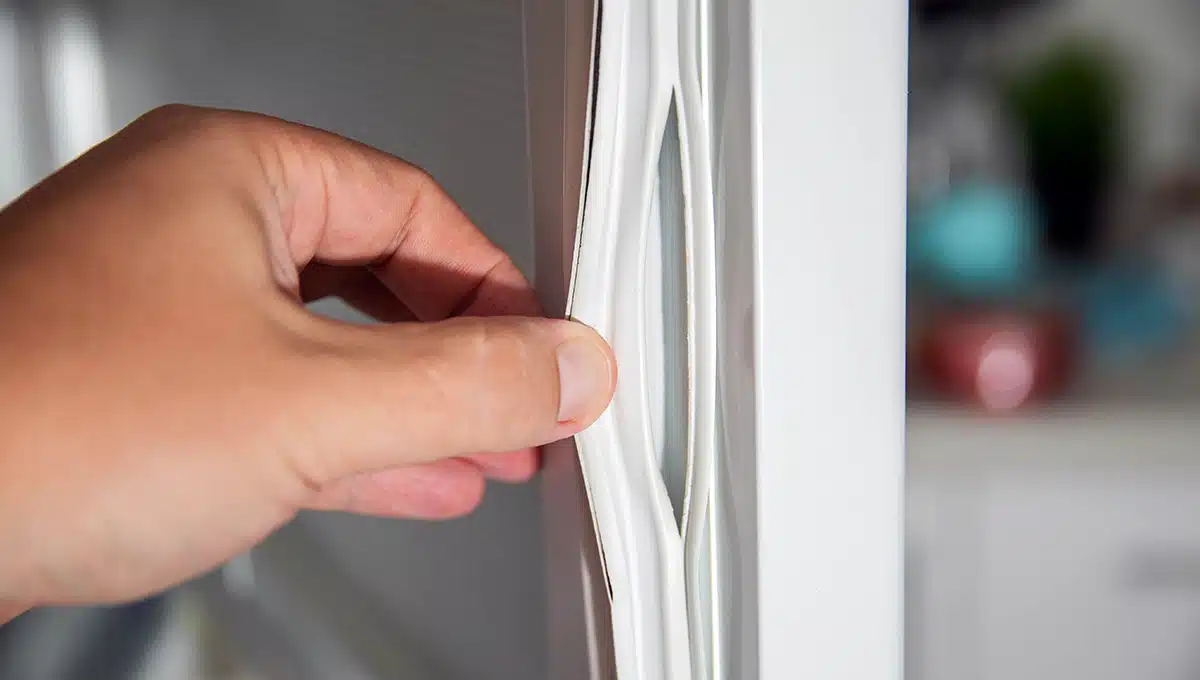Laboratory fridges are essential for storing temperature-sensitive samples safely in medical and research environments. To ensure the optimal performance of any crucial laboratory device, proper maintenance methods must be followed. This is critical for preserving valuable sample materials such as organ tissues, plasma and blood samples.
Replace Worn Out Gaskets
Regular checks and replacements are necessary for door gaskets, as they are prone to wear and tear. The “dollar bill test” is a simple way to measure their condition. Close the door and insert a bill or a sheet of paper; if it’s easy to remove the paper, the seal may be damaged.
This test should be performed thoroughly along the whole seal, which can take some time on larger units. If one is available, a laser thermometer can be used to quickly locate any leakage.
Regular Cleaning
A clean laboratory fridge is essential for its efficient operation. Begin by emptying the fridge of any expired or unnecessary products. Use cleaning solutions as directed by the manufacturer, avoiding harsh or corrosive chemicals that could damage the interior.
Thoroughly clean all internal surfaces, such as shelves, drawers and gaskets, with a gentle disinfectant. Focus on removing any spills or stains, which can breed bacteria and disrupt temperature control. Ensure the fridge is completely dry before refilling.
Opening fridge doors for prolonged periods can cause moisture to enter the cavity, which can lead to further issues with ice build-up. Consider turning off the refrigerator while it is empty to melt any ice build-up. Although most lab fridges have auto-defrost functions, regular ice checks and manual defrosting as needed are essential, as ice formation can reduce the fridge’s efficiency.

Regular Service
To maintain the longevity and functionality of your laboratory fridges, it’s important to establish a schedule for annual maintenance and service evaluations. Follow the manufacturer’s instructions for the frequency of maintenance or consider hiring a qualified engineer for this task.
Addressing issues early can avert major malfunctions and protect the contents of the fridge. At ARCTIKO, we provide servicing and maintenance available through our distributor network.
Organisation and Storage
Proper organisation and storage methods are key to sustaining ideal conditions in laboratory fridges. Organise content methodically, categorising it by their specific temperature needs or how often they’re used. This arrangement not only makes retrieval easier, but it also supports appropriate air circulation inside the fridge.
In addition, ensure the fridge isn’t overly filled, as too many items can hinder airflow and affect consistent temperature distribution. We recommend employing appropriate containers and labelling to minimise cross-contamination and allow for easy identification of samples.

Contact Us
Ensuring the maintenance of a laboratory fridge is crucial for the protection, consistency and safety of the samples and materials stored within. Adhering to the guidelines provided will help keep your lab fridge functioning at its best. This ensures stable temperatures and avoids any contamination risks.
For more information about our medical fridges or to discuss how they can benefit your specific needs, please don’t hesitate to contact us at +44 1725 531000 (UK) or +1 615 988 7000 (US) or drop an email to sales@arctiko.com. Our knowledgeable team will be happy to assist you.

 Fast Delivery
Fast Delivery  Global Compliance
Global Compliance  Long Term Support
Long Term Support